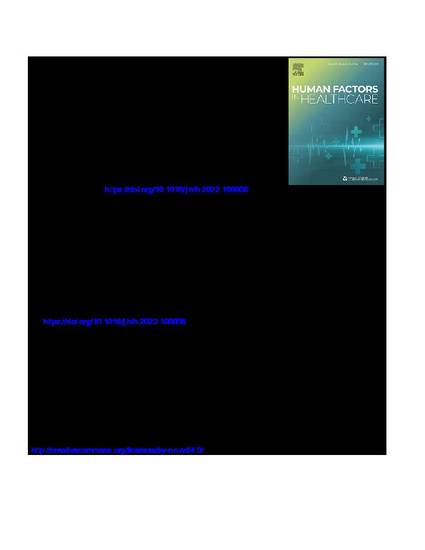
Telerounding is slated to become an important avenue for future healthcare practice. As utilization of telerounding is increasing, a review of the literature is necessary to distill themes and identify critical considerations for the implementation of telerounding. We provide evidence of the utility of telerounding and considerations to support its implementation in future healthcare practice based on a scoping review.
Method: We collected articles from nine scientific databases from the earliest dated available articles to August 2020. We identified whether each article centered on telerounding policies, regulations, or practice. We also organized information from each article and sorted themes into four categories: sample characteristics, technology utilized, study constructs, and research outcomes.
Results: We identified 21 articles related to telerounding that fit our criteria. All articles emphasized telerounding practice. Most articles reported data collected from surgical wards, had adult samples, and utilized robotic telerounding systems. Most articles reported null effects or positive effects on their measured variables.
Discussion: Providers and patients can benefit from the effective implementation of telerounding. Telerounding can support patient care by reducing travel expenses and opportunities for infection. Evidence suggests that telerounding can reduce patient length of stay. Patients and providers are willing to utilize telerounding, but patient willingness is influenced by age and education. Telerounding does not appear to negatively impact satisfaction or patient care. Organizations seeking to implement telerounding systems must consider education for their providers, logistics associated with hardware and software, scheduling, and characteristics of the organizational context that can support telerounding. Considerations provided in this article can mitigate difficulties associated with the implementation of telerounding.
Available at: http://works.bepress.com/elizabeth_lazzara/119/
